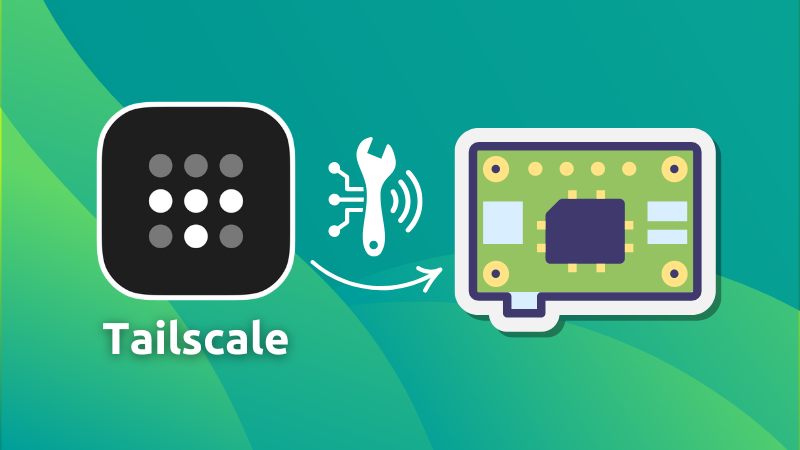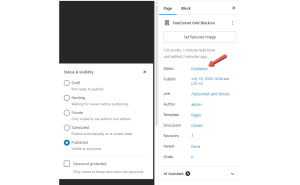Dell XPS 13 9345 Snapdragon X Elite Review
Design and Build Quality
The Dell XPS 13 9345 retains Dell’s signature minimalist aesthetic, with its thin, lightweight design weighing just 2.6 pounds (1.18 kg). The aluminium body exudes a premium feel, and the InfinityEdge display maximises screen space, keeping the bezels to a minimum. The build quality is as solid as ever, making it one of the most attractive ultrabooks on the market.
Snapdragon X Elite Performance
The standout feature of this iteration is the Qualcomm Snapdragon X Elite X1E-80-100 processor, marking a significant shift for Dell into ARM-based computing. The Snapdragon X Elite delivers impressive power efficiency, especially suited for ultrabooks, and the performance is commendable. In real-world tests, the XPS 13 handled demanding tasks, such as 4K video transcoding, faster than competitors like the ZenBook 14 OLED and the MacBook Air.
Display
The XPS 13 9345 offers three display options:
- 1920 x 1200 (FHD+) IPS InfinityEdge
- 2560 x 1600 (QHD+) IPS Touch
- 2880 x 1800 (3K) OLED
The base FHD+ panel is suitable for most productivity tasks, offering good brightness at 456 nits, though colour coverage falls short compared to higher-end OLED panels. If you’re seeking deeper blacks and more vibrant colours, the OLED upgrade is worth the additional cost, especially if you plan to watch media frequently.
Battery Life
Battery life is one of the biggest selling points of the Snapdragon X Elite. The XPS 13 9345 manages to last an impressive 19 hours on a single charge, making it one of the best in its class for longevity. This makes it an excellent choice for those who are often on the go, working through long days without access to power.
Keyboard and Touchpad
Despite its compact size, the keyboard is comfortable, featuring Dell’s “Zero Lattice” design. Key travel is satisfying, and the typing experience remains quiet and efficient. However, the half-height up and down arrow keys may slow down users who frequently navigate through documents or spreadsheets.
Dell has hidden the touchpad beneath the palm rest, which gives the laptop a sleeker appearance but may require a brief adjustment period. The capacitive touch panel above the keyboard replaces physical keys for functions like brightness and volume controls. While slick in design, some users might miss the tactile feedback of traditional keys.
AI and Copilot Features
One intriguing feature is the inclusion of Microsoft’s Copilot+ AI tools. While still in its infancy, the AI features aim to assist with productivity tasks. The AI-driven capabilities are powered by the Snapdragon’s Neural Processing Unit (NPU), although the full potential of these tools has yet to be realised, as privacy concerns have delayed the rollout of some features.
Verdict
The Dell XPS 13 9345 with the Snapdragon X Elite is a solid choice for anyone seeking a lightweight, long-lasting ultrabook that excels in productivity tasks. While the display could be more vibrant in the base configuration, the OLED option resolves this issue for media enthusiasts. The ARM-based architecture and excellent battery life make it a formidable competitor to Apple’s MacBook Air and other ultraportables.
For those who value battery life, portability, and the emerging benefits of AI-driven productivity features, the XPS 13 9345 is well worth considering. However, those who prefer tactile keys or need higher-end graphical performance for creative work may need to weigh the benefits of the Snapdragon X Elite against other offerings.

